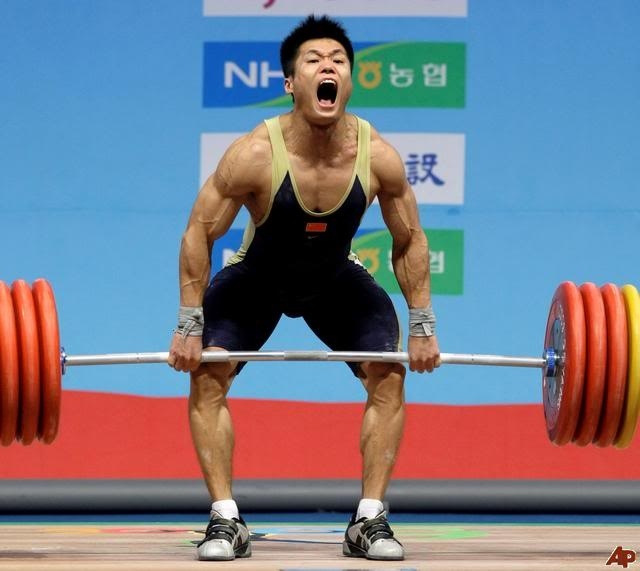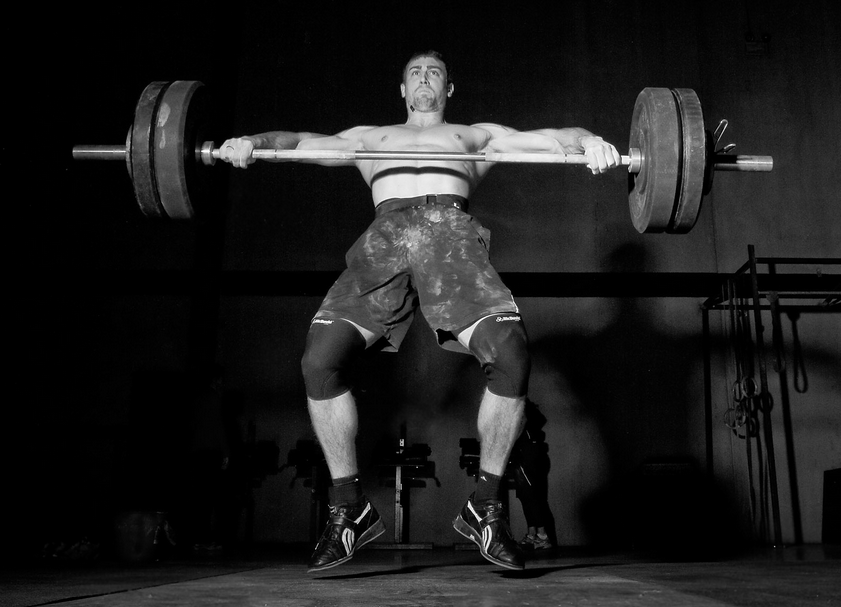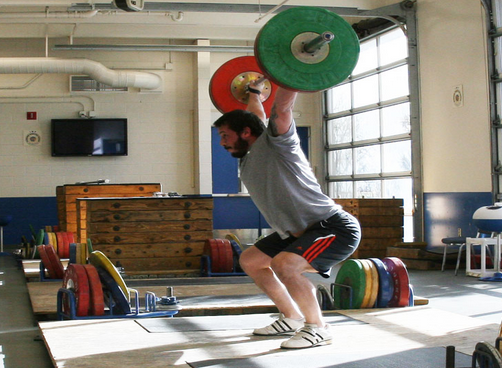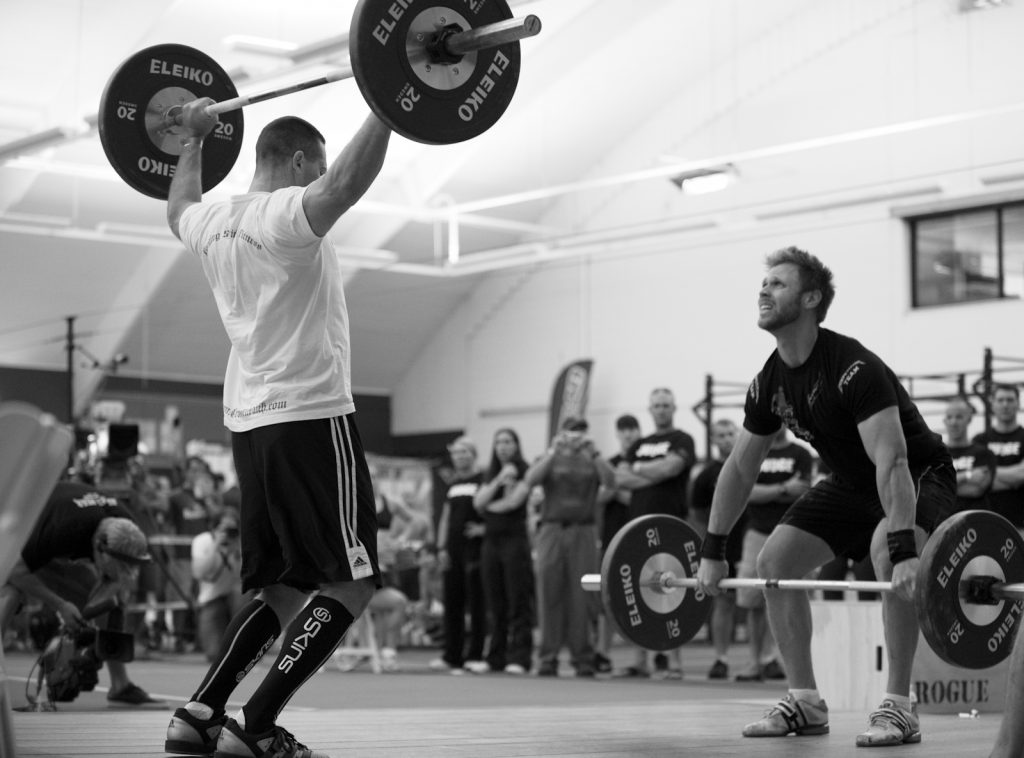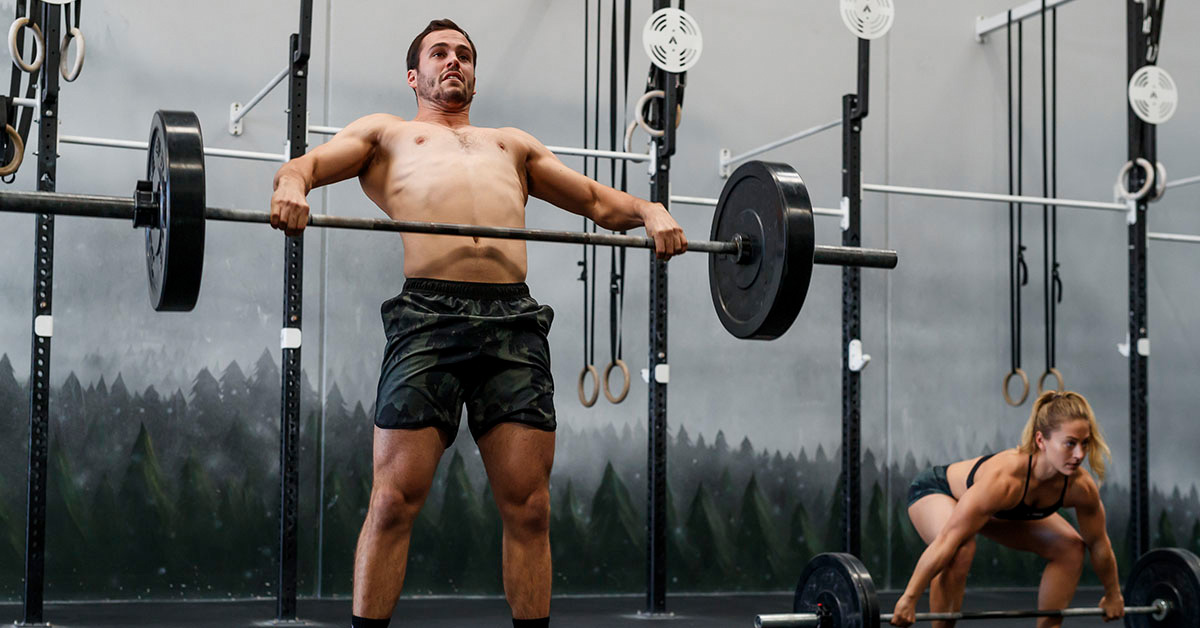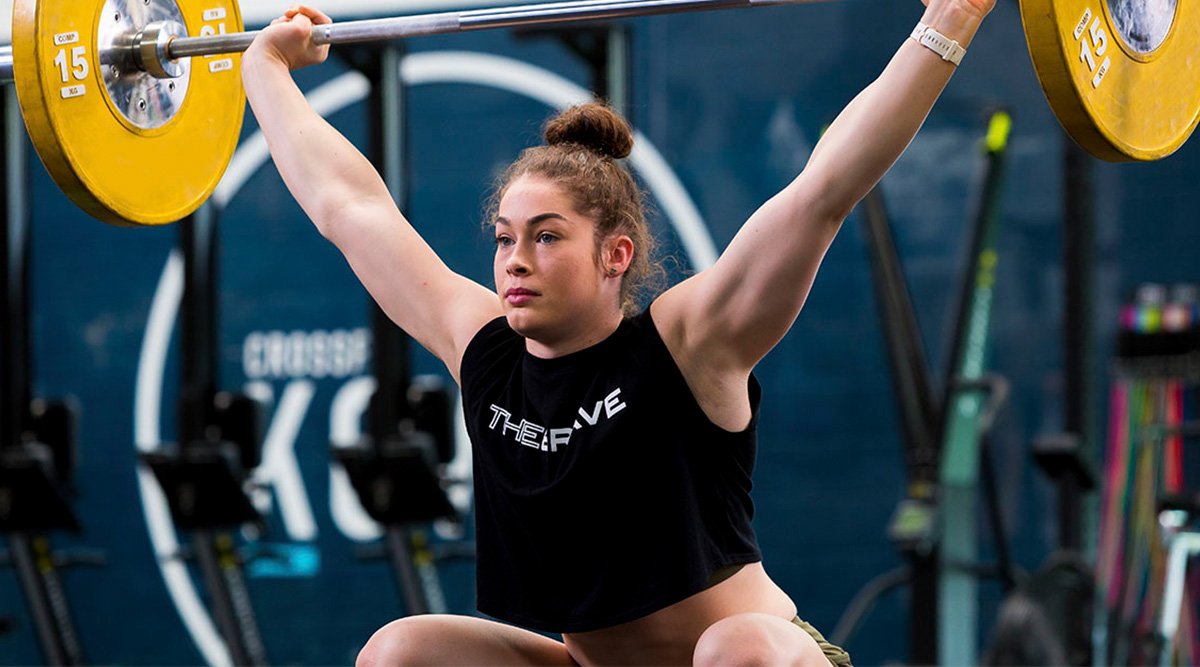When you think of CrossFit, you automatically think of the Snatch. One of the most challenging movements to master, The Snatch is an Olympic Lifting movement in which a weighted barbell is brought from the ground to overhead. Whilst strength is important, technique and efficiency is key to proficiency in this movement and overall success in CrossFit. The WOD Life present to you these Snatch Efficiency Tips from Lester Ho, The Training Geek.
What is Efficiency?
There are many definitions of efficiency but in general, it describes the degree to which time, effort or cost is utilised for the intended purpose. In motor control and movement, this refers to using the least amount of energy and time to perform a certain movement pattern.
Snatch Efficiency. What is It?
Defining snatch efficiency begins with understanding the purpose of the snatch. To get the barbell overhead in one movement. Creating enough vertical displacement to allow the weightlifter to get under the bar and absorb/support the weight as it begins its downward path. Use the levers of the body to produce enough force. Transfer all that force onto the barbell. Let the barbell carry on moving to reach the highest displacement. Get the bar stabilised in that overhead position while it begins its downward path.

The Two Common Errors in Being Efficient..
1. Inefficient Pull = Poor Force Production and Transference
An inefficient pull usually refers to not utilising the correct muscle groups to perform the necessary action of lifting the bar off the ground. Technically, the legs do most of the work to overcome inertia to allow the bar to begin moving. However, if the upper body comes into play, this would cause one thing to happen. The arms would begin to bend which makes the upper back take over the movement so the legs can no longer contribute to the movement.
So when that happens, proper force production is not achieved and efficiency is lost. Also, when the arms are involved from the start, you no longer follow the sequence of force transfer from the legs to the torso to the arms to the bar. You have skipped all the steps and went straight to using the arms, required much more effort to make the lift.
Another form of an inefficient pull refers to the bar path and its proximity to the lifter. The purpose of the movement is to create as much vertical (upward) displacement and minimise horizontal (forward/backward) displacement. If the bar begins moving in a diagonal direction whether its away from you or towards you, more effort is required to get it back moving in that straight path and more importantly, you are not getting the most out of its vertical displacement.
The second key factor is the proximity of the lifter to the bar path. Try holding a 10kg plate in front of you with your arms fully extended and jumping at the same time. Now do the same with the plate close to your body. I dare to say the latter is easier. Same concept in the snatch. The further the bar is moving away from your body, the harder it is to control it.
2. Difficult Catch = Energy Wasted to Stabilise Barbell
This error is highly related to the first error of an inefficient pull. If the upper body is involved from the start or the bar is not moving straight and close to your body, the result of that is an inconsistent receiving position of the barbell at the top of its path. One of the common situations is that when the arms kick in, the bar is away from the body when the second pull is executed. Because of that, the distance between the barbell and the lifter is greater and it results in the barbell being way in front for the catch position.
To get it balanced or back into the right position above the lift, the barbell needs to literally be brought back and this involves the shoulders and arms to perform this action. Similarly, another situation is when the bar is brought into the hips too much and a bump is used in the second pull to bring the bar overhead. This results in the barbell forming a much bigger loop at the top. This causes the barbell to be behind you during the catch and you have to again use the arms and shoulders to bring it back forward to keep it balanced.
How to Correct for Snatch Efficiency.
1. Get the Movement Pattern Right.
Understand how force is actually produced for the snatch and how to transfer it efficiently to the barbell. Legs do the work at the start. The force from the legs can then be transferred to a torso that is rigid. The arms acting as hooks on the barbell then transfer the force onto the barbell to create the needed vertical displacement. While doing so, the barbell still needs to remain close to the body and moving as vertically as possible so that the force produced can be transferred to as much of a vertical direction as possible to the barbell to create the best position possible for the catch.
2. Do Less to Achieve More.
Doing less doesn’t mean not using effort but using the right amount of effort at the right time to achieve the intended purpose. If you perform your pull correctly, you will be using less effort to move that same weight. Moreover, an efficient pull will result in the barbell not only going in the right direction (more vertical, less horizontal), but the barbell will be in the correct position for the catch. With the barbell being in the correct position (moving straight down instead of back or forward), the catch will be easier than having to move the barbell from a bad position to the right one. The weight can then be supported easily by the shoulders, arms and even the torso and legs than just the arms and shoulders to bring it back to the right spot.
Relating Snatch Efficiency to CrossFit.
In CrossFit, there are times where the weightlifting movements are used in WODs and high repetitions are required of these movements. The errors I pointed out are the ones that are common in WODs which are later translated to their actual weightlifting movements. So by being able to have the same technique in the snatch for both the weightlifting purpose and the WOD purpose, this will allow you to be better from both ends. If you do the right things and let the barbell move as it is supposed to (straight up straight down), you use the right muscle groups such as your legs with sufficient effort and you save your arms for other movements possibly in a WOD. Similarly, when you go for a 1RM in the snatch, you will still maintain the same technical efficiency and be able to lift a heavier weight.
Creating the mindset to have the same technique throughout whether it’s a WOD or a 1RM you are going for, you will benefit more from the movement and eventually reduce injury and enhance performance. Just remember, muscling the snatch does not make you better at the snatch. It just means using more muscles to make an easy movement more difficult.




